Please select root levels for the menu
NZ Plants
The moss leaf
The leaf blade and nerve
The leaves of most moss are very simple and are not lobed nor do they have flaps or pockets.
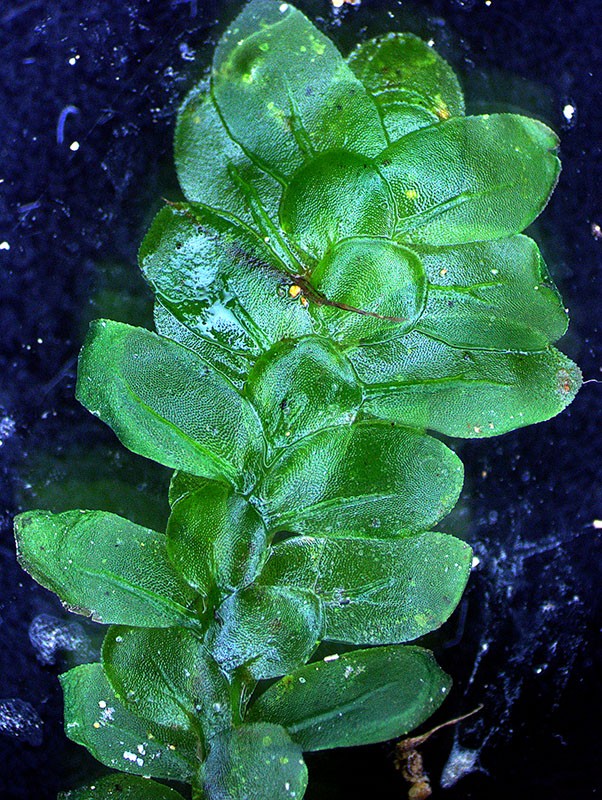
Achrophyllum dentatum - Most moss leaves are transparent, consisting of a single layer of photosynthetic cells.
More on Achrophyllum dentatum
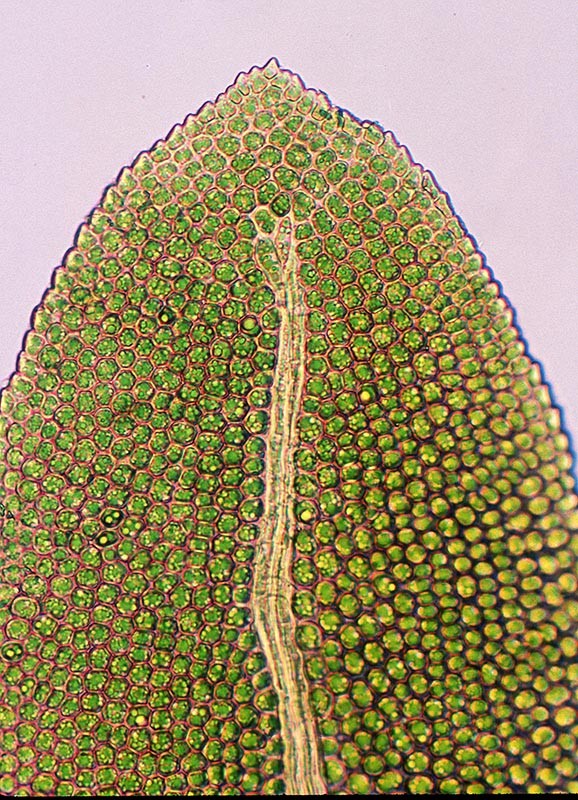
Fissidens sp. - The central region of the leaf is thicker, forming a nerve (midrib). This is composed of elongate cells, some of which are thickened and function in support.
See Find by Genus page for Fissidens species
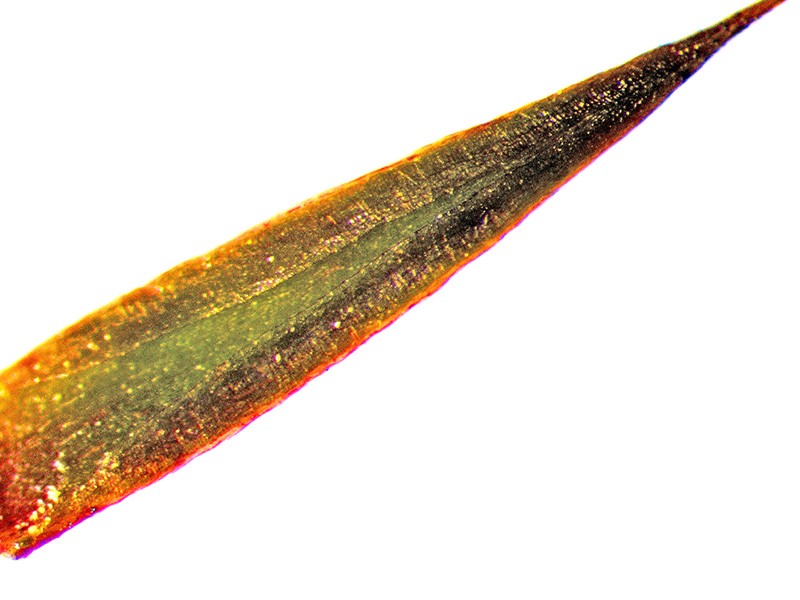
Polytrichum juniperinum - A few mosses have large leaves that are many cells in thickness. In this example the margins are also folded over the upper leaf surface.
See Find by Genus page for related taxa: Atrichum, Dawsonia, Dendroligotrichum, Pogonatum.
Leaf hair-points
In some mosses, either the nerve or the leaf blade is drawn out to form a filament at the apex of the leaf. This is called a hair-point.

Dicranoloma robustum - Leaf tips gradually taper into hair points.
See Find by Genus for Dicranoloma species
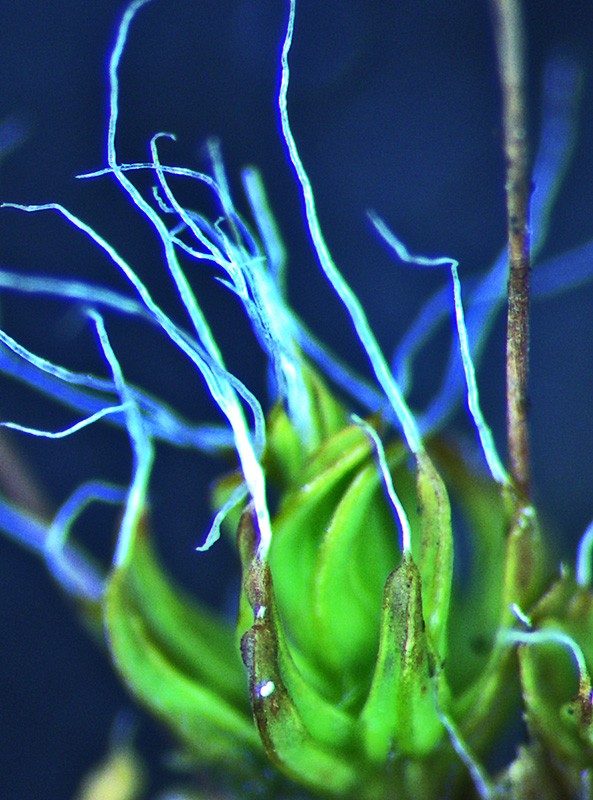
Tortula muralis - Leaf tips abruptly terminate in hair points.
See Find by Genus for Tortula species
Leaf margins
The leaf margins of mosses are usually smooth, but there are exceptions.
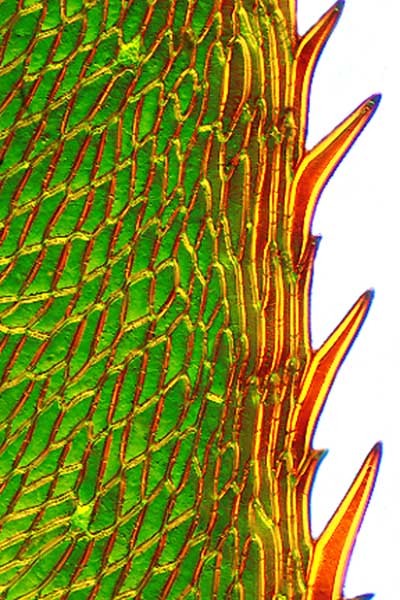
Pseudobryum speciosum - Conspicuous teeth are present on the leaf margins.
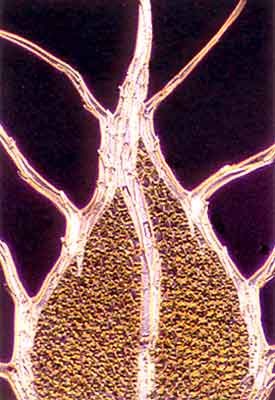
Catharomnion ciliatum - A few mosses have marginal hairs known as cilia on their leaves.
